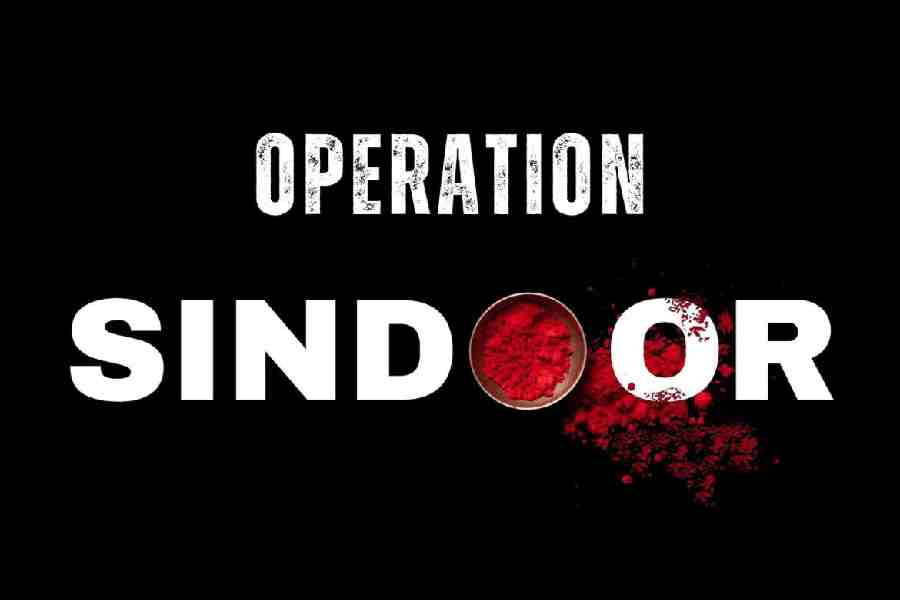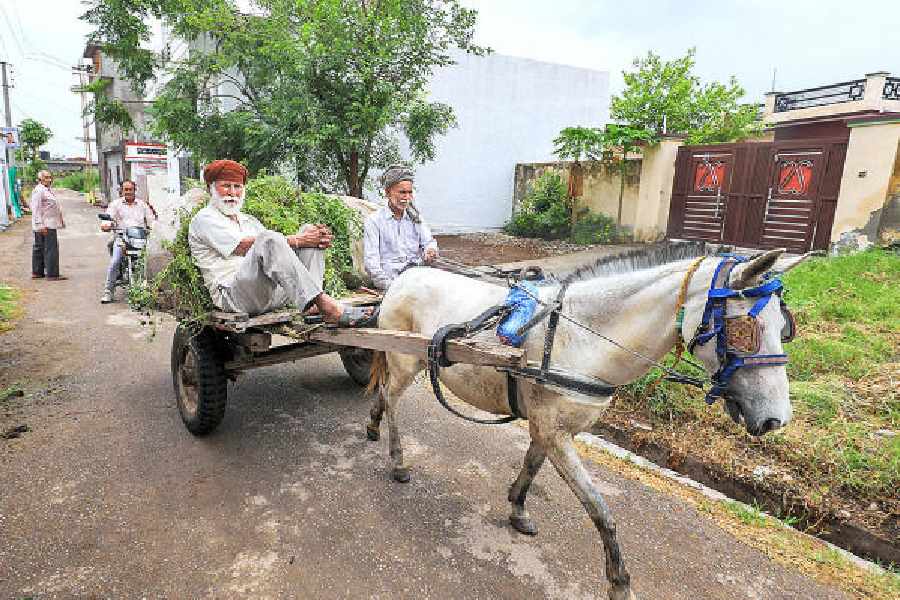The grand total is set to make a comeback on Higher Secondary marksheets in 2014 as part of a revised grading system that reintroduces the numbers game in school examinations.
The West Bengal Council of Higher Secondary Education announced the change on Wednesday, saying students, teachers and guardians wanted marksheets to display aggregates because they thought that was a fair way of assessing performance.
“The council had stopped mentioning the total marks on marksheets. But it has been noticed that most colleges still admit students based on the aggregate. So students will benefit with the reintroduction of the grand total,” Muktinath Chatterjee, the new president of the council, said.
The practice of mentioning the grand total on a Higher Secondary examinee’s marksheet had been abolished five years ago in an attempt to make the examination system “stress-free”, just as the central boards had done.
Under that system, a marksheet only displays the scores and grades obtained by a student in individual subjects. From 2014, a marksheet will not show the subject-wise grades. It will only mention the scores in each subject and the grand total, based on which the examinee will get an overall grade.
The gradation will be on an eight-point scale. The highest grade will be AA, awarded to those who aggregate 90 to 100 per cent. This means students scoring 450 and above out of 500 will be graded AA.
The lowest grade will be D, to be awarded to those aggregating less than 30 per cent. Grade D will require the student to take the Higher Secondary examination again.
In effect, the system is the same as the old one where students used to get marks in every subject, the total of which decided in which division he or she passed the examination.
The council has also decided to offer all successful examinees the opportunity to improve their results. The catch is, students will be allowed to write only two papers of their choice in the next attempt. Anyone exercising that option would be required to surrender the marksheet of the first exam and accept the revised marksheet even if he or she scored less than in the first attempt.
“This is basically to help students who miss out on the opportunity to study a course of their choice after falling a few marks short of the cut-off,” Chatterjee said.
The repeat examination might be conducted within three months of the announcement of the results so that students do not lose a year.
In another change, external examiners are to be engaged for evaluation of answer scripts of the Class XI annual examination. The marks scored in that examination will be mentioned in the Higher Secondary marksheet.









